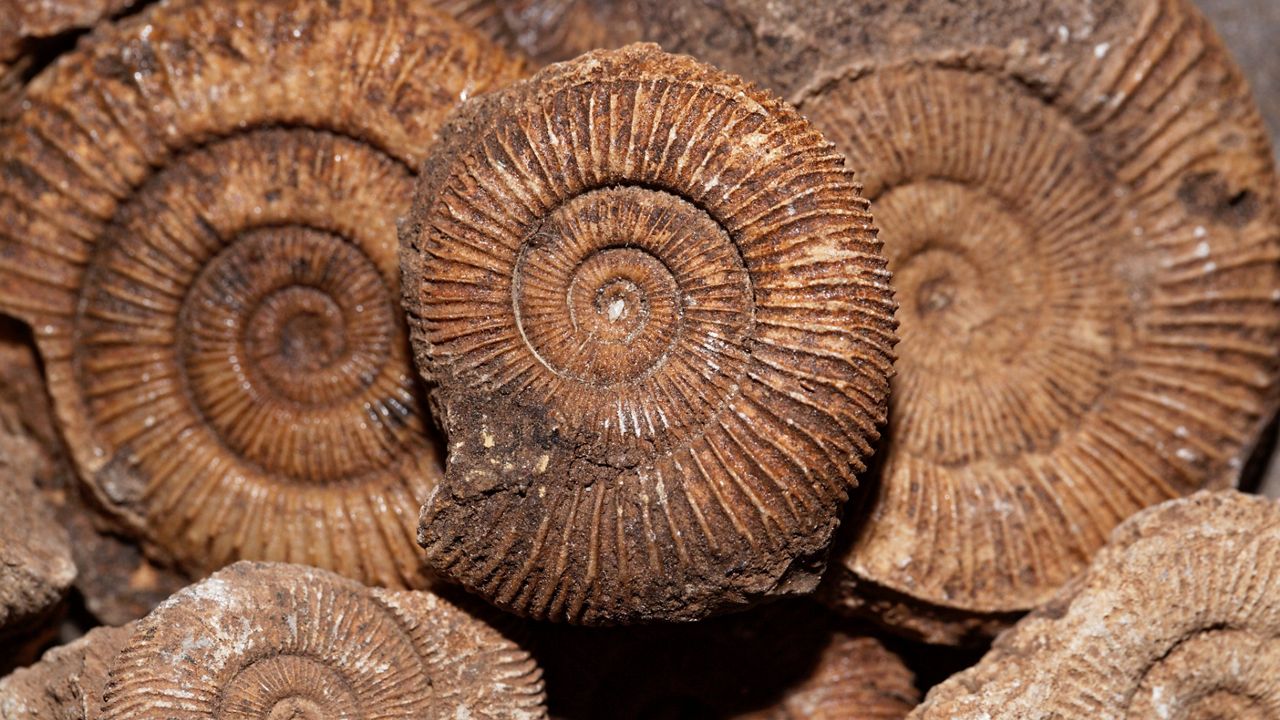HONOLULU — Unlike previous mass extinctions, species are now rapidly disappearing due to human causes. Researchers looked at the loss of mollusks to show that extinction rates on Earth are higher than they would be if people weren’t around.
Most scientists accept that there have been five previous mass extinctions on Earth — each having estimated losses of over 75%.
The sixth mass extinction is distinct because it is the first caused directly by humans, according to a recent paper published in Biological Reviews by biologists from the University of Hawaii at Manoa and the Museum National d’Histoire Naturelle in Paris, France.
While discussions of the sixth mass extinction have been going on for more than 30 years, some people remain skeptical or deny it is happening, according to the paper. Some have suggested that estimates of extinction rates are exaggerated, while others have said there are new species offsetting the losses. Still others have suggested that it doesn’t matter because it is too late since we’re already in the midst of the mass extinction. Deniers have also said that humans are part of the natural world, therefore extinctions caused by humans are part of evolution.
“Drastically increased rates of species extinctions and declining abundances of many animal and plant populations are well documented, yet some deny that these phenomena amount to mass extinction,” said Robert Cowie, lead author of the study, in a press release. “This denial is based on a highly biased assessment of the crisis which focuses on mammals and birds and ignores invertebrates, which of course constitute the great majority of biodiversity.”
The researchers looked back to 1500 AD and studied mollusks to determine the loss of species. Mammals are often the focus of extinct species studies, especially those done by the The International Union for Conservation of Nature’s Red List, but invertebrates, which include mollusks, arthropods, annelid and cnidarians, constitute roughly 95% of known animal species.
“Including invertebrates was key to confirming that we are indeed witnessing the onset of the Sixth Mass Extinction in Earth’s history,” said Cowie.
The researchers focused on mollusks because they are a relatively well-known group of invertebrates. There is likely more known about mollusks than other invertebrates because many of the recorded extinct species are land snails that have left behind shells, whereas many other invertebrates have left behind no remains. For example, in Hawaii moths and butterflies largely went extinct before being collected and described, meaning that the vast number of extinct species will never be fully known.
By first looking at land snail and slug extinctions, the researchers' extrapolated the data and concluded that since 1500 AD roughly 7.5–13% — between 150,000-260,000 species — of the 2-million known species have gone extinct.
While the sixth mass extinction is in the process of happening, the researchers noted that it has not yet occurred. “It could happen within just one or a few centuries if nothing is done to slow or stop the current rate of biodiversity loss,” the researchers write in the paper.
The paper suggests that conservation efforts are important, although they usually focus on mammals and birds. It might be more useful to focus efforts on removing specific threats. For example, hunting bans have helped marine mammals, eradicating invasive species has helped native faunas and invertebrates on islands, and banning DDT helped bring back the peregrine falcon in North America. These acts will slow the process, the paper says, although none of them alone are enough.
“Dedicated conservation biologists and conservation agencies are doing what they can, focused mainly on threatened birds and mammals, among which some species may be saved from the extinction that would otherwise ensue,” the paper said. “But we are pessimistic about the fate of most of the Earth's biodiversity, much of which is going to vanish without us ever knowing of its existence.”
The paper also called for spreading the message that biodiversity is part of what makes the world fascinating and beautiful, and the fact that extinction is happening at a greater rate because of humans. The paper called on taxonomists to catalog species, before it’s too late, including the less obvious and sometimes “icky” invertebrate species. At least 6 million species remain undocumented.
The researchers write that it is crucial to fight against the crisis and manipulating it is an abrogation of moral responsibility.



